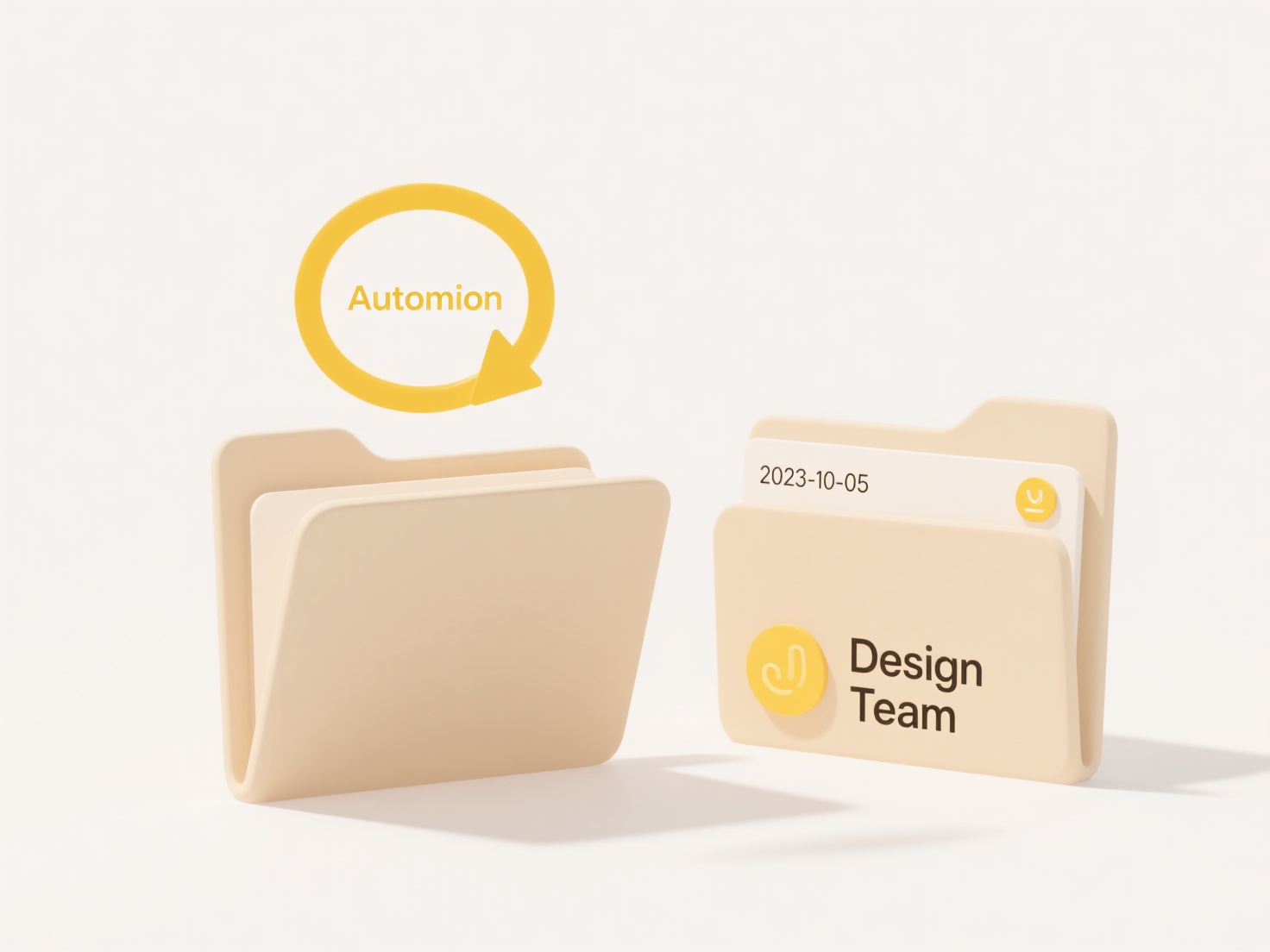
Speaker renaming for audio recordings involves assigning filenames based on speaker identities rather than generic names like "Recording_001.wav". This typically requires technology called speaker diarization or identification, which automatically segments the audio into sections spoken by different individuals and attempts to label who is speaking, either by recognizing specific voices (identification) or just distinguishing between them (diarization). Tools often work by analyzing vocal characteristics (pitch, tone, rhythm) to differentiate speakers within a conversation.
Practical applications are common in fields requiring organized meeting documentation and transcription analysis. For example, journalists or qualitative researchers recording group interviews might use software like Descript, Otter.ai, or Rev to generate transcripts where each speaker's words are labeled; these tools often allow exporting audio snippets or chapters named by speaker automatically. Similarly, business teams recording Zoom meetings could use its post-meeting AI-generated transcripts, sometimes linked to participant names, to facilitate file organization.

The main advantage is drastically saving time manually identifying speakers in large batches of files and improving accessibility. However, accuracy depends heavily on audio quality, distinctness of voices, and background noise – similar voices or overlapping speech are common challenges. Reliable automation often requires training the system on specific voices beforehand (for identification) or manual verification/correction after automated diarization. Privacy considerations exist when using cloud-based speaker recognition APIs due to voice biometric data handling.
How do I rename audio recordings by speaker name?
Speaker renaming for audio recordings involves assigning filenames based on speaker identities rather than generic names like "Recording_001.wav". This typically requires technology called speaker diarization or identification, which automatically segments the audio into sections spoken by different individuals and attempts to label who is speaking, either by recognizing specific voices (identification) or just distinguishing between them (diarization). Tools often work by analyzing vocal characteristics (pitch, tone, rhythm) to differentiate speakers within a conversation.
Practical applications are common in fields requiring organized meeting documentation and transcription analysis. For example, journalists or qualitative researchers recording group interviews might use software like Descript, Otter.ai, or Rev to generate transcripts where each speaker's words are labeled; these tools often allow exporting audio snippets or chapters named by speaker automatically. Similarly, business teams recording Zoom meetings could use its post-meeting AI-generated transcripts, sometimes linked to participant names, to facilitate file organization.

The main advantage is drastically saving time manually identifying speakers in large batches of files and improving accessibility. However, accuracy depends heavily on audio quality, distinctness of voices, and background noise – similar voices or overlapping speech are common challenges. Reliable automation often requires training the system on specific voices beforehand (for identification) or manual verification/correction after automated diarization. Privacy considerations exist when using cloud-based speaker recognition APIs due to voice biometric data handling.
Related Recommendations
Quick Article Links
Is there a difference between uppercase and lowercase in file names?
File names that differ only in case (uppercase vs lowercase letters) may be considered the same or distinct files depend...
Is it possible to spoof a file format?
File spoofing is possible and refers to manipulating a file to disguise its true format or content. This involves alteri...
How do I revoke access when an employee leaves?
Employee offboarding access revocation refers to the security process of systematically terminating a former worker's pe...